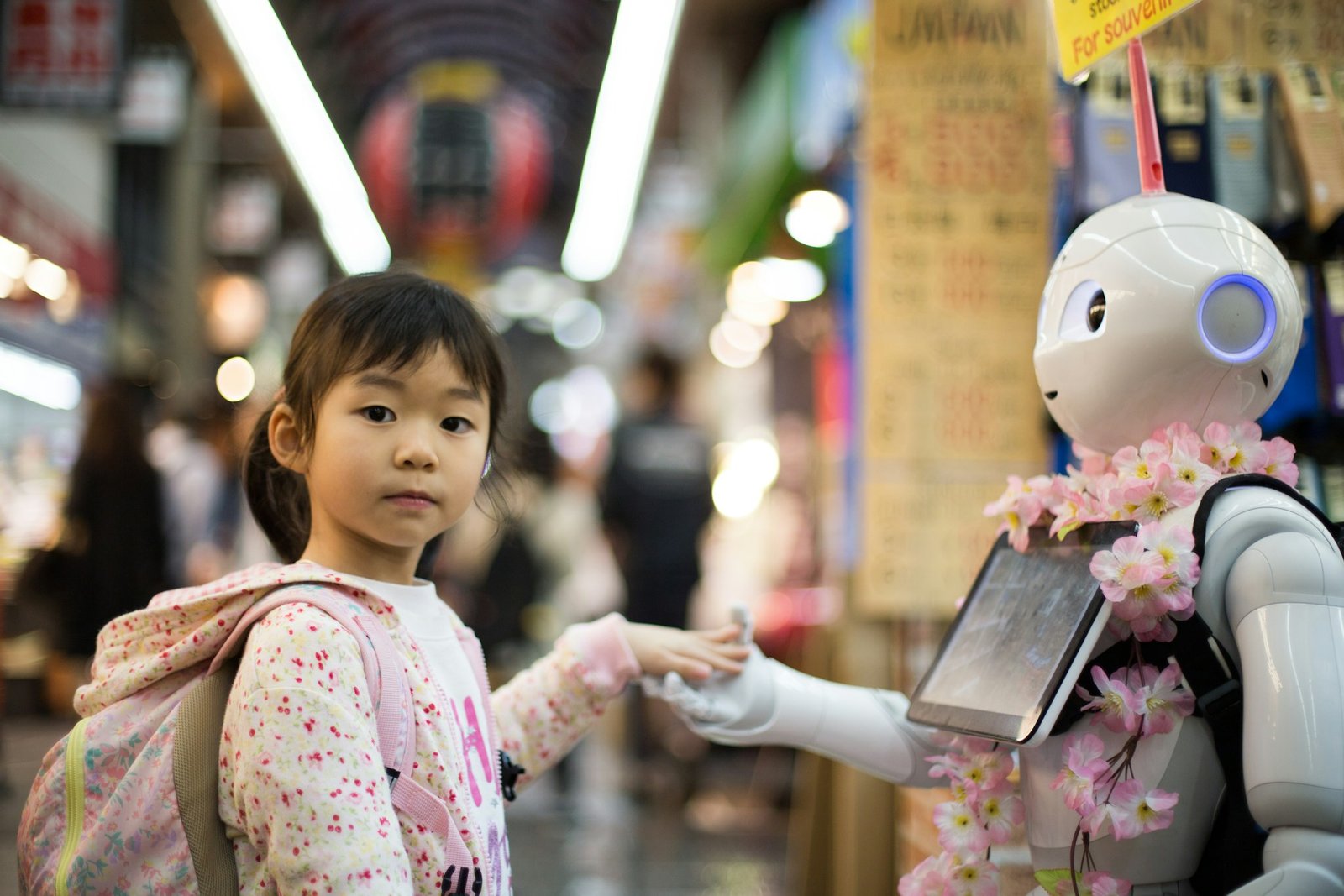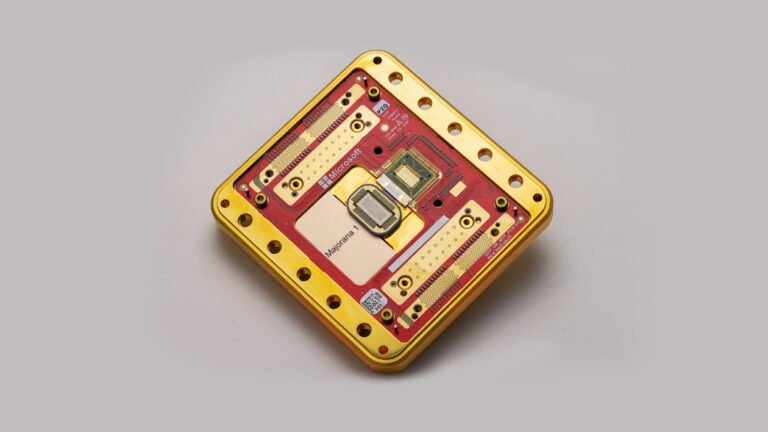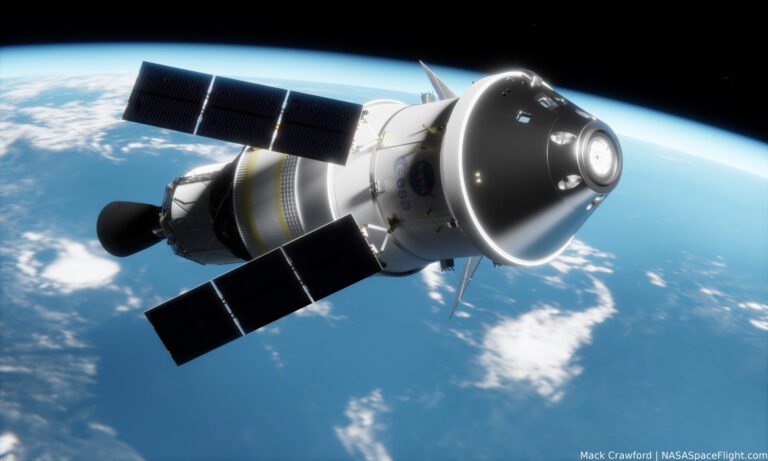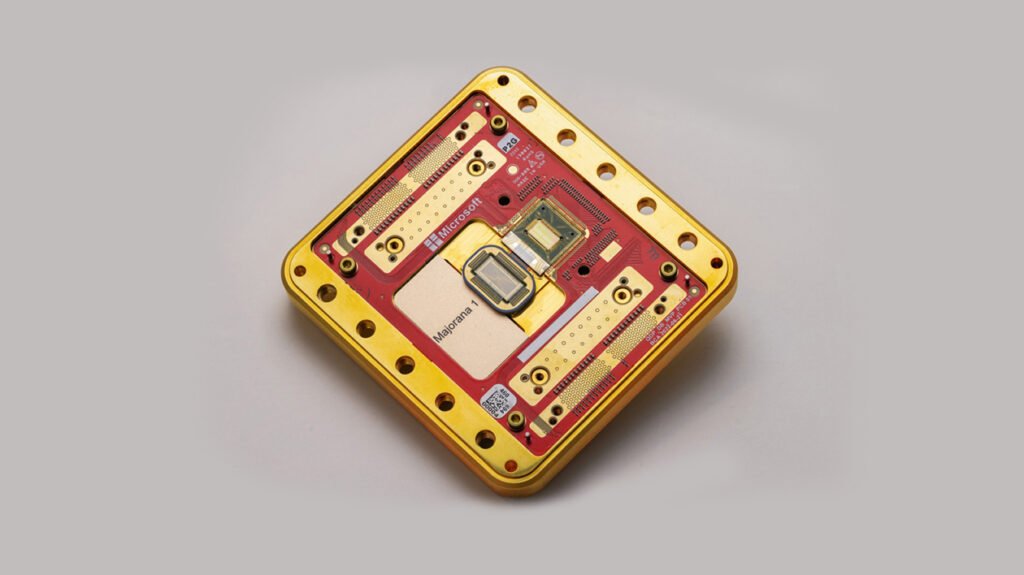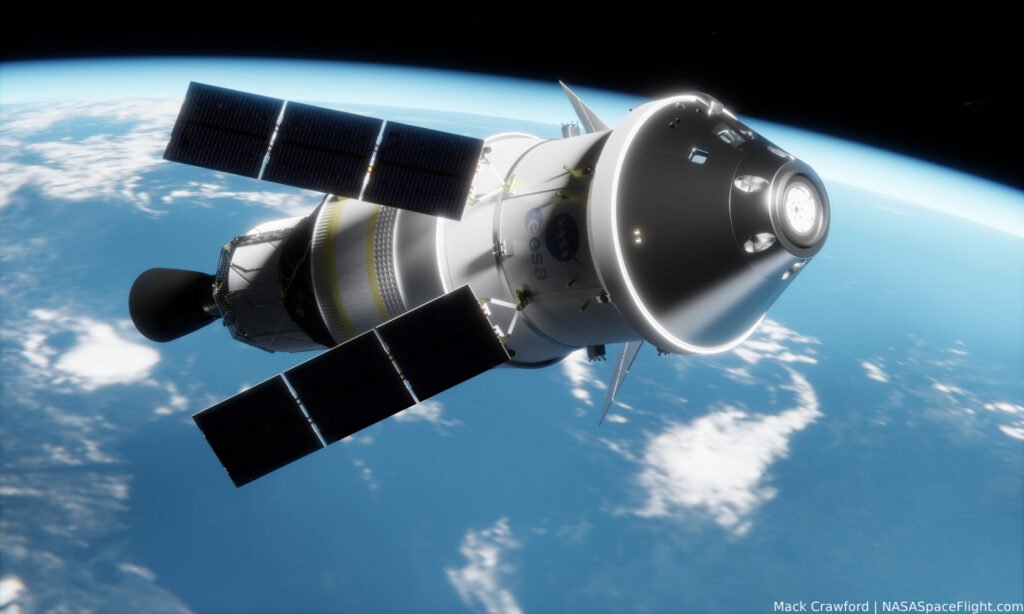AI Gets Physical From Factory Floors to City Streets
China is showcasing artificial intelligence in many different forms, including walking, rolling, and flying it across campuses, cities, and streets. New waves of embodied artificial intelligence—which combines mobility and intelligence—are redefining human and machine interactions in the real world.
This isn’t a speculative technology. It is gaining traction, supported by governments, and used commercially. The nation’s efforts to create embodied intelligence provide a glimpse of how societies might soon live alongside robots that can move, react, and serve in addition to thinking.
What Is Embodied AI?
Unlike conventional artificial intelligence, which powers chatbots or recommendation engines, embodied artificial intelligence is intelligent systems that are physically integrated into objects, such robots, drones, or delivery buggies and able to make real-time decisions in dynamic environments.
On Shenzhen college campuses, for instance, humanoid robots are now rather common. Called “Xiaomei,” a socially interactive robot welcomes guests, shows them around, and even assists with basic office work. Food delivery vehicles equipped with cameras and AI-powered surveillance systems prowls other locations.
These robots are not only test devices but also part of China’s growing smart city architecture.
Why Is China Leading This Movement?
China’s progress in physical AI is being accelerated by a number of factors:
- A culture of government-backed innovation, where local governments provide infrastructure and policy support for field deployment;
- A rapidly aging population that is driving automation in the service and care sectors;
- Ambitions to lead the global AI race, particularly as Western restrictions limit access to certain chips and systems
Built on home hardware, AI models such as DeepSeek R1 are intended to power mobile interactive machines in addition to natural language tasks.
Real-world deployments: where robots are showing up
Here is a sample of embodied artificial intelligence showing itself:
- Residential areas: Delivery buggies report suspicious activity and drop off goods.
- Autonomous vehicles speed warehouse and last-mile deliveries; universities help with administrative chores and information provision; surveillance bots help with crowd control and real-time anomaly reporting in public parks and metro stations.
Even now, some restaurants are testing robotic waiters and automated kitchens that cook and present food with almost minimal human involvement.
Advantages and obstacles
The clear gains are efficiency, scalability, and round-the-clock dependability. There are still challenges, though:
- Although ethical issues regarding artificial intelligence surveillance and data privacy are still under discussion, current robots still struggle in dynamically changing surroundings like crowded streets.
- Some residents, especially in sensitive areas, feel uncomfortable about too many machines.
Particularly among young people and tech-savvy urban areas, polls show public support is growing despite these misgivings.
The Bigger View: A Race to Physical Intelligence
Countries including South Korea, Japan, and the United States are developing embodied artificial intelligence systems abroad as well. Still, China’s advantages are in public-private cooperation, speed, and scale. It is turning whole cities into testing grounds, surpassing nations still limited to R&D facilities.
More crucial than just automating chores is redefining how we design cities, offer services, and arrange work. Instead of existing just on screens, artificial intelligence is now a part of the real world in China.
A Future Right Here Among Us
China is giving a preview of the future as embodied artificial intelligence spreads: a society in which people live alongside humanoid robots in homes, streets, and businesses. These are not only tools; they are fast developing into social agents included into public life and urban design.
For more news and updates, please visit This Page.

